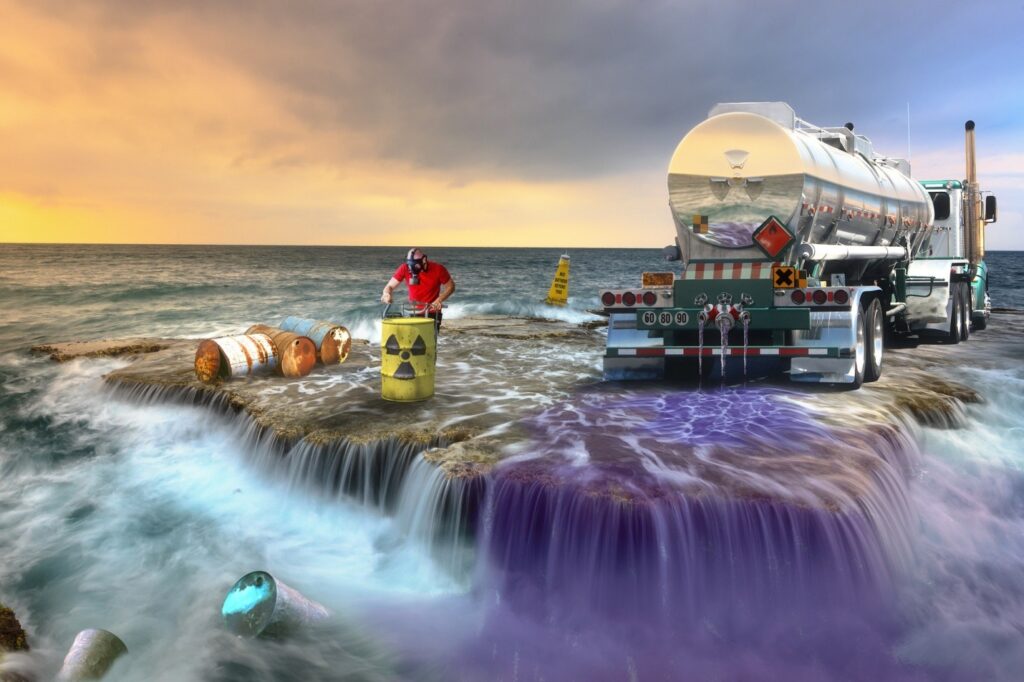The Best Guide To Reclaim Waste
The Best Guide To Reclaim Waste
Blog Article
All About Reclaim Waste
Table of ContentsThe Best Guide To Reclaim WasteNot known Factual Statements About Reclaim Waste Get This Report on Reclaim WasteThe Best Strategy To Use For Reclaim WasteThe Definitive Guide to Reclaim Waste
Residential sewage waste refers to the waste and items from a residential septic container. The proper administration and disposal of domestic sewer waste require fluid waste to be transferred to a sewage therapy plant where the appropriate approaches and devices are applied to cleanse and dispose of waste.
Commercial waste typically consists of potential hazards, such as combustible materials or a combination of fluid and solid waste products, and requires an extra sophisticated and detailed disposal process. The disposal of industrial waste commonly involves the purification of waste prior to transport to make sure safe and correct disposal. Hazardous waste is developed from byproducts and overflow of commercial processes and production.
This type of waste can not make use of the same sewage administration transport or procedures as septic or commercial fluids. The hazardous waste management process needs the assessment and screening of liquid waste prior to it undergoes the disposal procedure (industrial wastewater treatment). Drainage waste is the fluid waste that comes from drainage and excess stormwater in very populated areas or cities
Overflow waste can trigger contamination and flooding if not dealt with effectively. Ensuring appropriate waste monitoring can prevent catastrophes and reduce environmental damage.
Reclaim Waste - The Facts
Get in touch with PROS Services today to discover regarding our waste monitoring and disposal solutions and the appropriate ways to take care of the fluid waste you create.
(https://www.domestika.org/en/reclaimwaste1)
This so-called 'wastewater' is not only a vital resource however, after treatment, will certainly be launched to our land, rivers or the sea. Used water from bathrooms, showers, baths, cooking area sinks, washings and commercial procedures is known as wastewater.

water made use of to cool down machinery or tidy plant and special info equipment). Stormwater, a form of wastewater, is runoff that flows from agricultural and metropolitan areas such as roofing systems, parks, yards, roadways, paths and seamless gutters into stormwater drains, after rainfall. Stormwater streams without treatment directly to neighborhood creeks or rivers, eventually getting to the sea.
Reclaim Waste Fundamentals Explained
In Queensland, a lot of wastewater is treated at sewer therapy plants. Wastewater is carried from residential or industrial sites via a system of sewers and pump terminals, understood as sewerage reticulation, to a sewage treatment plant.
The Department of Natural Resources advises city governments concerning handling, operating and keeping sewage systems and therapy plants. In unsewered locations, local governments may require homeowners to mount specific or household sewer therapy systems to treat domestic wastewater from bathrooms, kitchen areas, shower rooms and laundries. The Department of Natural Resources authorises using house systems when they are shown to be efficient.
A lot of stormwater gets no treatment. In some new class, treatment of some stormwater to eliminate clutter, sand and crushed rock has actually begun making use of gross toxin traps. Wastewater treatment happens in four phases: Gets rid of solid issue. Bigger solids, such as plastics and other things mistakenly discharged to sewers, are gotten rid of when wastewater is travelled through displays.
Wastewater then streams into huge tanks where solids resolve and are eliminated as sludge. Oil and scum are skimmed from the surface area. Makes use of tiny living microorganisms knows as micro-organisms to break down and eliminate remaining liquified wastes and fine bits. Micro-organisms and wastes are included in the sludge. Eliminates nitrogen and phosphorus nutrients that might create algal blooms in our rivers and endanger water life.
The 20-Second Trick For Reclaim Waste
Nutrient removal is not available in any way sewer treatment plants due to the fact that it requires pricey specialized devices. It is ending up being a lot more common in Queensland. Clear fluid effluent created after treatment might still include disease-causing micro-organisms. If this effluent is launched into waterways such as rivers or the sea, the micro-organisms will ultimately pass away out.

A lot of wastewater streams right into the sewerage system. Under the Act, local governments administer approvals and licences for environmentally pertinent tasks (Ages) entailing wastewater launches that could have a regional effect.
The Buzz on Reclaim Waste
Tracking supplies accurate information regarding water top quality and can confirm that licence conditions are being satisfied. The information gotten with surveillance supplies the basis for making water top quality choices.
Report this page